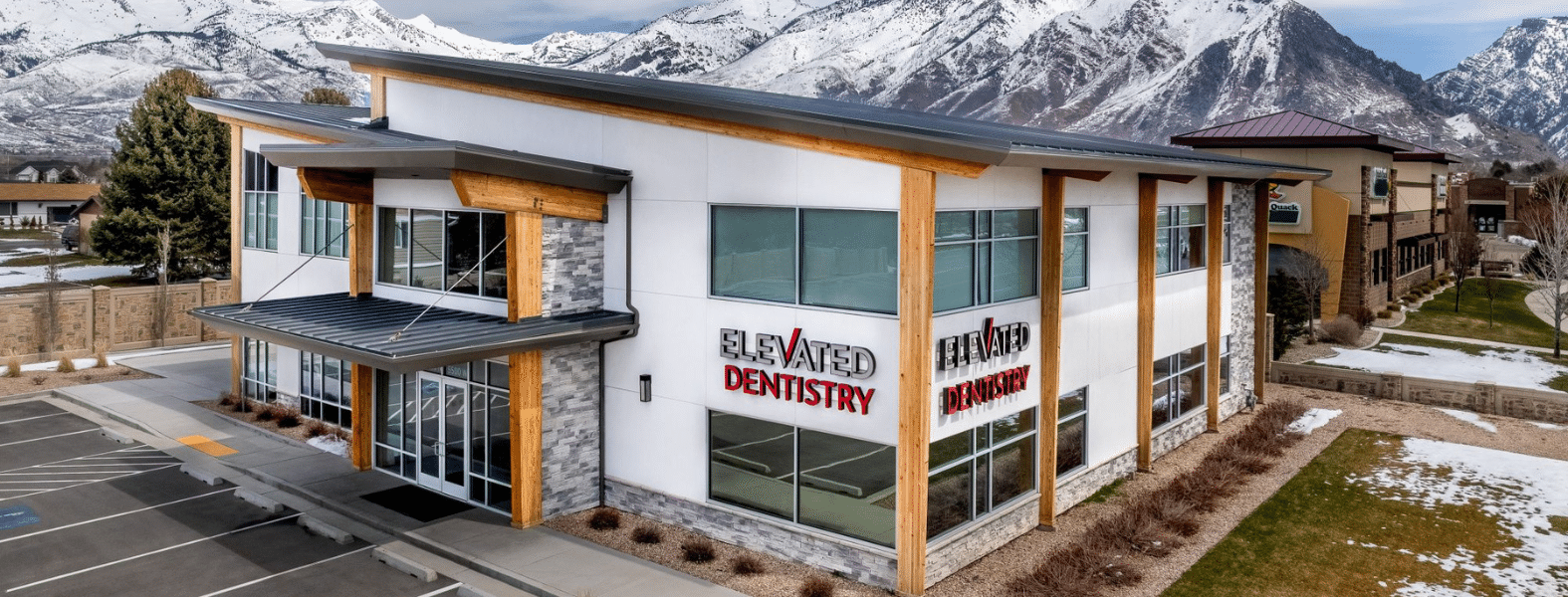
Topics:
August 15th, 2024
3 min. read

How big should my dental office be? This question is actually twofold.
This blog will clearly answer the first of these questions. However, the answer to the second of these questions is a much deeper discussion with philosophical and business ramifications.
There is a long-standing tradition in dental office design that states that the minimum requirement for the square footage of a dental practice is 450 feet per treatment room with an optimum size of 500 feet per room. And, after the introduction of the Americans with Disabilities Act, it has been stated that room size increases throughout the office would require that ideal number to rise to 550 feet. This would mean that a 10-chair dental facility would require 5500 ft.² of available space.

(We had nothing to do with this plan! But this is what we all too commonly see proposed. Too much wasted space.)
Well over two decades ago, our company set out to debunk these convenient measurements using Lean Principles. The great news is that for over two decades, Design Ergonomics has successfully produced comfortable and highly productive offices with rooms averages of less than 350 feet. This saves doctors hundreds of thousands of dollars in space and equipment costs (sometimes millions in larger offices), and it makes it possible for startup doctors to find spaces within their budget. Here's why this works:
First, the Americans with Disabilities Act actually created minimal pressure on size increases in dental practices! Yes, it created inconvenience. It required reconfiguration. However, when properly planned, the additional space requirements are relatively minor.
Then when you look at the differences between the stated 450-foot and 500-foot office plans, you will discover that it is largely due to convenience and inefficiency factors for the designer! It's much easier for an architect to design with a 500-foot yield than to more carefully consider a compact and efficient configuration. Unfortunately, people tend to want to do what's convenient. Making a great office, not wasting space, AND having it feel spacious yet efficient, is actually very difficult!
This brings us to our third consideration; Why is a compact office so much more productive? In order to explain this, it is most practical to use an analogy. PLUMBING! Most dental offices are slow, inefficient, lumbering, Leviathans! Think sewer plumbing. There isn't that much stuff passing through. It's intermittent. And it moves slowly. You need a big pipe for that! Think large amount of space needed to handle all of this waste!

Most dental offices are slow, inefficient, lumbering, Leviathans! Think sewer plumbing.

The typical office is designed with too much storage where it is not necessary and becomes disorganized. This disrupts flow.
In this case, we’re talking about waste of time, labor, and materials. By reorganizing dentistry utilizing Toyota lean principles over 30 years ago, we were able to focus on Flow. Flow is actually a rather complex concept. Admittedly, it is estimated that Toyota spent over $30 billion in its first three decades, refining it to become the dominant player in their industry. It’s a position that they've maintained for decades.
In our study of Toyota for the past 2 1/2 decades, we have been able to increase quality, decrease stress, markedly improve production, and as a result, transform the flow of a dental practice.
This reduces the requirements for space to as low as 300 feet per room for urban practices, 330 feet per room for startups that plan to expand, or 350 feet per room for legacy and best in class practices.

Floor Plan for a highly compact urban office

Blocking Diagram for a space-efficient startup

A state-of-the-art legacy practice dental Floor Plan
*Images not to scale*
This revolution creates a sustainable competitive advantage against future competition for practitioners who can embrace and understand these principles! Think of it this way. If the guy down the street uses 50% more space and spends 40% more to equip, and the result is half the productivity that you have, you have a forever win.
If you have any questions, please reach out to our team. We've helped thousands of dentists to create thriving dental practices that they are proud to own and work in every day. We can evaluate any existing plan that you have and, if needed, help to coordinate the creation of an “as built” plan with you that will serve as the foundation for your dream dental office design.
With over three decades of expertise in cosmetic and restorative dentistry, Dr. David Ahearn is a nationally recognized leader, educator, and innovator. His passion for cutting-edge technology and exceptional patient care is the driving force behind everything we do. As the founder of Design Ergonomics and Ergonomic Products, Dr. Ahearn has dedicated his career to designing, equipping, and training North America's most efficient and productive dental offices. His proven strategies help hundreds of practices reduce stress, boost productivity, and build sustainable, scalable growth each year. A speaker and educator, Dr. Ahearn continues to shape the future of dentistry, empowering thousands of dentists to transform their practices, improve the quality of life for their teams and families, and deliver outstanding care to their communities.
Topics: